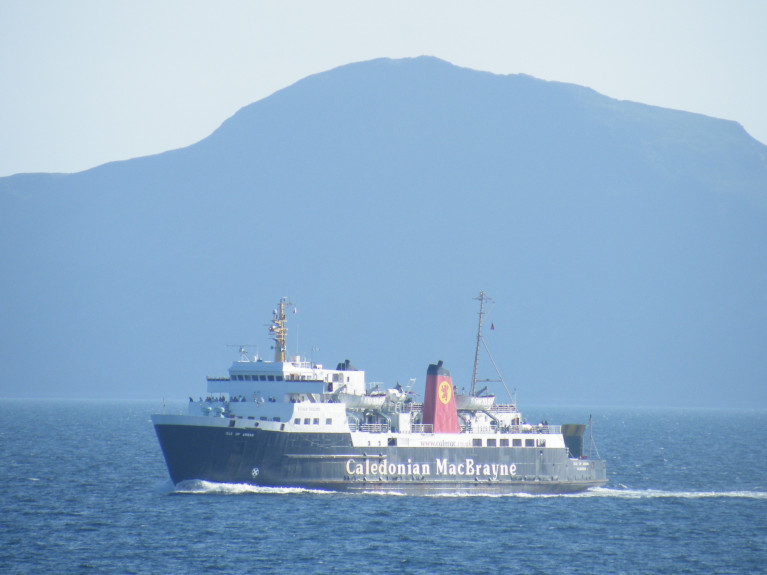Displaying items by tag: Fleet left to rust
Scottish Western Isles Ferry Fleet ‘Left to Rust’ as Cost of CalMac Repairs Spiral
Ferry operator CalMac which is owned by the Scottish Government, has been accused of leaving the fleet to rust, as new figures show the cost of repairs rising by almost a quarter.
Since the start of the current CalMac franchise in 2016, the cost of repairs and maintenance for the fleet has risen by 23 per cent to £17,262,000 for the year. The total cost of repairs over the last five years amounts to £83,661,000.
CalMac’s services comprise the UK’s largest ferry operation, with a network of 29 routes stretching from Stornoway to Campbeltown (see 'seasonal' Mull of Kintyre excursion story).
A number of the sharpest increases were for ships running well past their original 25-year lifespan. This includes a 70 per cent rise in costs for the 36 year-old MV Loch Striven over the last five years; a 61 per cent rise in the costs for the 37 year-old MV Isle of Arran over the last five years and a 73 per cent rise in costs for the 29 year-old MV Caledonian Isles over the last five years.
Some of the newer vessels are not faring much better, with costs for the beleaguered MV Loch Seaforth (see Irish Sea story) rising 45 per cent, despite it only being launched in 2014. Similarly, costs for the seven year-old MV Catriona have tripled, rising by 197 per cent.
Further reading from The Scotsman.
























































